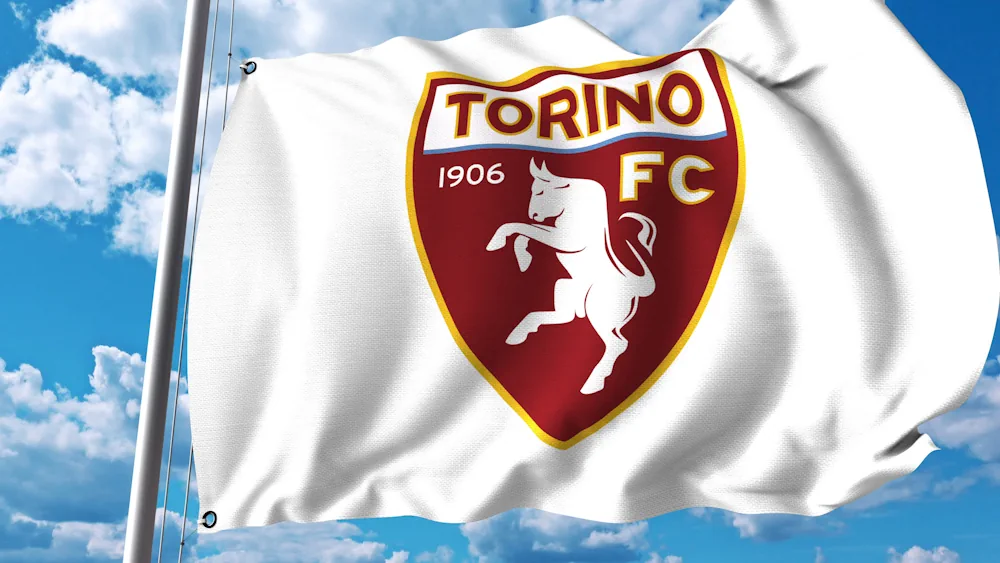Gigi Meroni, the tragedy of the Farfalla Granata
Sometimes tragedy is present in football and ends up turning a bright and successful destiny into something dark and uncertain. It is more striking that these tragedies focus on the same club since Torino, a historic club in Italy, had to live through the famous Superga tragedy, which led to the physical disappearance of the members of Il Grande Torino, one of the best teams in the history of European football.
Torino was the club where Gigi Meroni played his best football
Beginnings
Luigi Meroni was born on February 24, 1943, six years before the Superga tragedy where, curiously, one of the pilots was called Gigi Meroni (not related to the protagonist of this article), a name that went from being related to a sad moment for Torino FC to be a name acclaimed by half of Turin and the rest of Italy. Meroni was born in Como where he would spend his entire childhood and youth with his mother and two of his brothers since his father died when he was barely two years old.He always had a love and talent for football that was striking and he began to play it on a team called Libertas, from the parish of San Bartolomeo, which was coached by a member of the parish. Meroni alternated football with small jobs such as making ties or painting because his mother had financial difficulties in supporting Gigi and his siblings.
Gigi was a skilled winger whose ability to dribble was exciting for fans and that is why he caught the attention of many teams, including Inter Milan, which made him an offer that his mother would reject because they could not travel twice per week to Milan for him to train. That was why they accepted the offer from Como FC, a team from the town where they lived, and they were going to pay him a small monthly payment.
Gigi
The native of Como was a particular character who liked the music of the Beatles and jazz, who enjoyed art, especially poetry and painting, who traveled to all parts of the city with his chicken and who was dating his lifelong love, Cristiana. He became known as the Italian George Best because of that picture of a thin player, with the number 7 on his back and that outstanding ability, not to mention a certain physical resemblance due to his hair and beard, mostly.His career
At the age of 18, he made his professional debut with Como, which played in Serie B. Meroni left good feelings in his sporadic participations and this led to only two years later, Genoa, recently promoted to Serie A, signed him. In Il Grifone he never established himself in the starting eleven but his performances were liked by the fans who took a special liking to him and that were why in 1964, when Nereo Rocco, coach of Torino, asked for his signing, the fans of Genoa opposed.However, the signing was completed since Torino paid around 300 million lire (a very high amount for the time) for a player who was not even one of the team's figures. For Genoa it was a big deal and for Nereo Rocco it was getting the player he considered the central point of his new project. It must be remembered that Rocco came from being champion of Italy and Europe with AC Milan and had been hired by Torino to make it one of the best teams in Italy.
From the beginning there was a good synergy between Meroni and Torino, finding a place where he could demonstrate all his quality and so he did. Rocco gave him the freedom and confidence that he needed in the earlier stages of his career to be able to stand out as the star that he should be because of his talent. In 1966, Edmondo Fabbri, head coach of the Italy national team, approached Meroni to summon him with the condition that he had to cut his hair since he had it too long.
Gigi refused, although this did not prevent Fabbri from calling him up simply because his level was so high that he could not be left out of the national team. Meroni was part of the team that participated in Italy's forgettable time at the 1966 FIFA World Cup in which the Azurri were eliminated in the group stage, finishing third in group 4, behind the Soviet Union and North Korea.
At the beginning of October 1967, Juventus, Torino's great rival, wanted to take Meroni at all costs and placed an offer of around 750 million lire on the table. The president of Torino seriously considered accepting the large offer but the Il Toro fans flatly refused and so Gigi stayed at Torino. On October 15, 1967, after a victory over Sampdoria, the team was in the hotel where they usually gathered for matches.
Meroni decided to go buy an ice cream at a store in front of the hotel and as he crossed the street, a car hit him, causing the Torino player to be rushed to the hospital where, unfortunately, he could not survive. Tragedy once again struck Torino. The car that hit him was driven by a 19-year-old young man, a staunch fan of the maroon team and of Meroni himself, who three decades later would become the president of the club.
The following weekend, it was the Turin derby, where Torino paid tribute to their recently deceased star by winning 4-0, thanks to the hat-trick of his great friend Néstor Combin and the player who wore Meroni's 7 in that game, Carelli.
